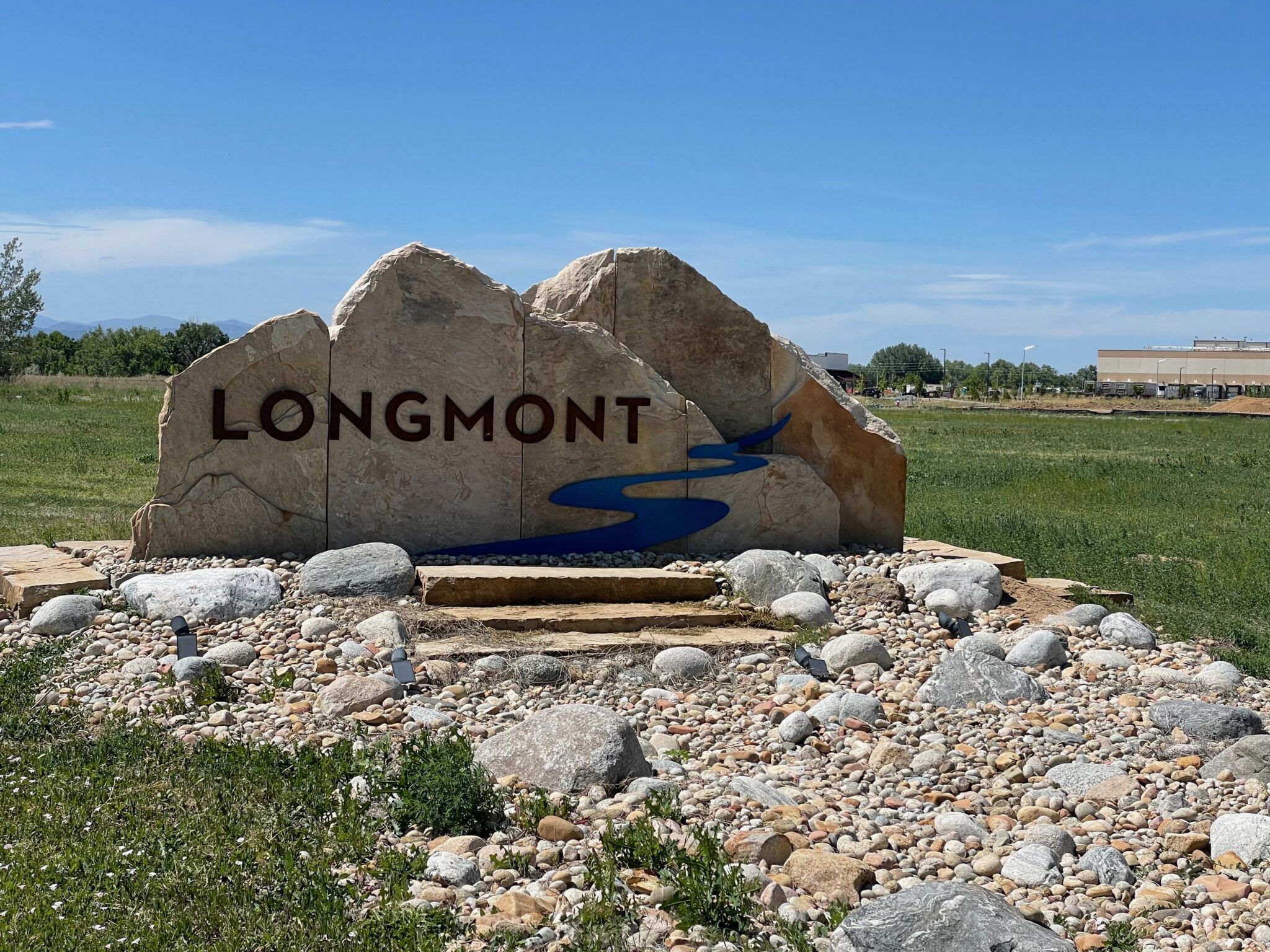Longmont reaches 100,000 population milestone, as Boulder declines

Watch out, Boulder. Longmont is nipping at your heels.
Longmont’s population has crossed the 100,000 threshold, with the latest estimate from the U.S. Census Bureau placing the city’s population at 100,758 as of July 1, 2021.
That places it within striking distance of supplanting Boulder as the most-populous community in Boulder County. The Census Bureau estimates Boulder’s population at 104,175, down from the official April 1, 2020, census count of 108,250.
SPONSORED CONTENT
22nd Annual Vintage Affair: A Community Gathering to Support Pathways
The 22nd Annual A Vintage Affair event, presented by Wilbur’s Total Beverage, benefits Pathways’ mission of providing expert medical and comfort care for individuals navigating the last months of life.
While the official April 1, 2020, census placed Longmont at 98,885 residents, the Census Bureau’s estimates base calculated that the city actually reached 100,119 around that time.
Scott Cook, president and CEO of the Longmont Chamber of Commerce, said the latest population estimate was not unexpected.
“I think people, they see the growth, and so these numbers represent what people are feeling and seeing as far as all of the building and people moving into our community,” he said. “As economic partners, we’re working on a variety of different challenges that we’re seeing with the growth, so we’re hearing a lot from our employers about housing and transportation, and these are challenges that come along with that growth.
“We recognize that it’s good in many ways,” he said. “We’ve built a community that many people want to live in, but then that also comes with challenges that we have to tackle.”
In addition to housing and transportation, employment and wages are a challenge for the community, he said, with a chronic labor shortage — even with the rising population.
“What we’re seeing is some disparity, too, with what different businesses can actually afford,” Cook said. “So our smaller businesses are concerned about being able to keep up with the wage growth that maybe some larger businesses or corporations can offer, or even government organizations can offer. Our small businesses are saying, ‘Hey, I would like to pay my employees $20 an hour, but I simply can’t afford to do that along with all other rising costs, fuel, products, health care, all of those other things.’ I’m hearing that quite a bit from our small businesses, especially in the service industries.”
Colorado growth slows dramatically
Colorado State Demographer Elizabeth Garner said the latest Census estimates demonstrate slowing growth overall for the state, with Colorado adding only 27,000 residents from July 1, 2020, to July 1, 2021,
“To say the least, we were pretty surprised with the 2021 estimates from the Census Bureau,” Garner said. “It showed Colorado’s population growth was like 27,000, which is the slowest that we’ve seen with the state since the ’80s. It’s definitely a really big slowdown, and a lot of that is the migration component, where especially international migration weren’t showing up, because travel was so restricted [due to the COVID-19 pandemic].”
Additionally, areas that rely on the H-2B visa program, which allows for temporary non-agricultural workers, did not receive the workers they normally would have expected as allocations declined — a blow to technology and other sectors.
“We didn’t get our H-2B visa allocation, so for anyone in the international realm, migration fell significantly,” she said. “And that hit our bigger counties that had international, like Boulder, like Denver, like Arapahoe.”
Additionally, Boulder’s population in particular took a hit with the pandemic-driven closure of the University of Colorado Boulder campus and the rise of remote workers, enabling employees to work remotely in areas with more-affordable housing than the city of Boulder.
The Census Bureau estimates the population of cities and towns annually, including revisions to estimates for prior years. It calculates growth from an estimates base that differs from the actual Census count.
Garner noted that the Census Bureau unit that conducts the Decennial Census operates separately from the unit that prepares population estimates, with estimates complicated by delays in release of the 2020 census data. Because of that, April 1, 2020, population estimates differ from the actual count, in part because estimates had to be prepared prior to release of the official count.
Around the region
Among other cities in the Boulder area and Northern Colorado:
- Fort Collins’ population was estimated at 168,538.
- Greeley reached 109,323 in population.
- Broomfield’s population was estimated at 75,325, up from 74,112.
- Loveland reached a resident estimate of 77,194, compared with 76,378.
Smaller towns continued to see rapid growth in the latest population estimates, with Keenesburg, located in southeastern Weld County, growing by 38% according to the latest estimate, reaching 1,726 residents, but that’s likely understating the true population.
A spokesperson for the town told BizWest that the population is actually about 2,530, driven largely by the new Evans Place subdivision, a 350-home project developed by LGI Homes Inc. of The Woodlands, Texas.
Keenesburg’s proximity to Denver International Airport and Denver make it an attractive location for new residents, the spokesperson said.
A spokeswoman for LGI Homes did not return requests for comment, but a 2020 press release described Evans Place as including three- and four-bedroom homes ranging from 1,293 square feet to 2,363 square feet.
The Weld County towns of Ault and Severance each grew by 25%, with Timnath in Larimer County following close behind with 21% growth.


